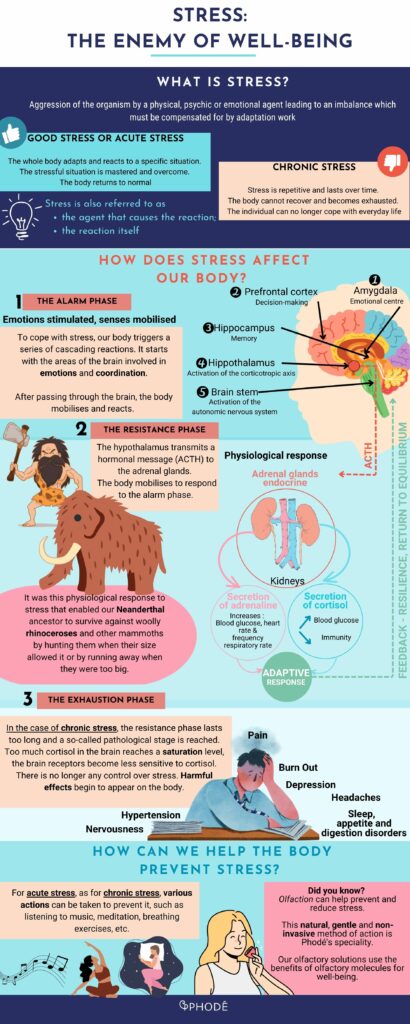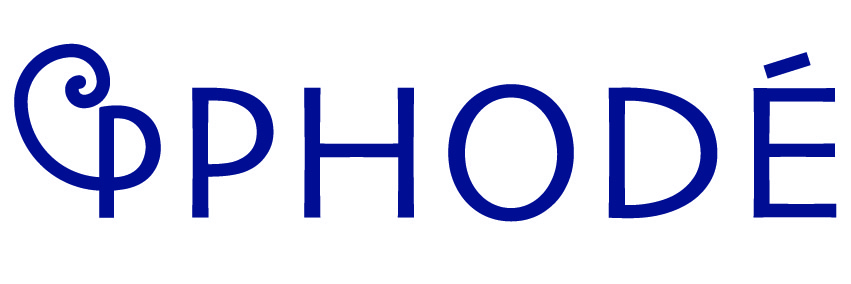Both humans and animals hear about stress on a daily basis. What is stress? What happens in the brain when we are stressed? What are the physiological consequences of stress? Marion Allaoua, researcher at Phodé, explains:
WHAT IS STRESS?
Stress is a normal reaction of the body to an aggression by a physical, emotional, psychological or societal agent (unexpected event, noise, temperature, crowd or isolation…) and which requires adaptation.
There are two types of stress:
- Acute stress, which is short-lived. For humans, for example, this may be an important work meeting, for an animal it may be the sudden appearance of a predator.
This stress can be considered beneficial because our whole body is mobilised to overcome the obstacle as quickly as possible. Our body has only one objective: to fight… or flee! It is this physiological response to stress that enabled our Neanderthal ancestor to survive against woolly rhinoceroses and other mammoths by hunting them when their size allowed it or by running away when they were too big.
- Chronic stress that lasts over time, that is repetitive. For the animal, this can be isolation from other animals or conflict with a dominant fellow animal. For humans, it can be pressure and the need for results at work.
This stress is considered negative because, after the phase in which the individual’s body tries to adapt, it ends up weakening and no longer being able to cope with daily life. Chronic stress can eventually lead to depression.
HOW DOES STRESS AFFECT OUR BODY?
Faced with stressors, the body has to organise itself to respond, and this happens through the brain. The stimuli mainly reach the areas of the brain involved in emotions and coordination.
THE ALARM PHASE:
The stress stimulus first reaches the amygdala, the emotional centre, which assesses the emotional charge and detects the danger.
The amygdala then projects to the hippocampus, the memory centre for explicit memories. It is the link between the amygdala and the hippocampus that makes a simple memory a source of emotion but also of stress.
The message then passes to 3 areas:
- The prefrontal cortex, responsible for decision making, which evaluates the information received and provides the most appropriate response.
- The brain stem (locus coeruleus) which activates the sympathetic nervous system. This activation will allow the release of noradrenaline and adrenaline into the bloodstream by the adrenal glands. These released hormones stimulate the cardiovascular and respiratory systems: the heart beats faster, and we also breathe more deeply, in order to be better prepared for the “fight”.
- The hypothalamus, which will secrete two hormones called corticoliberin and vasopressin. These two hormones will travel to the pituitary gland to trigger the release of adrenocorticotropin or ACTH.
https://www.ipubli.inserm.fr/bitstream/handle/10608/217/Chapitre_12.html
For more information : https://reunilab.re/manuelprev/upload/Exploration_de_laxe_corticotrope.pdf
THE RESISTANCE PHASE :
The body mobilises to respond to the alarm phase.
ACTH will circulate in the blood until it reaches the adrenal glands, which will release glucocorticoids and in particular cortisol into the blood. Cortisol is produced in a cyclical way each day, there is a peak at the very beginning of the day and then the level decreases throughout the day and starts to increase again at the beginning of the night to be at its peak again the next morning. This is called a circadian rhythm. Cortisol has receptors in many parts of the body, which enable it to play a role in the metabolism of carbohydrates and fats, and in the regulation of blood sugar, blood pressure and sleep.
When the stress has passed, the cortisol present in large quantities in the blood will send messages to the brain to stop the mechanisms of response to stress, this is the negative feedback.
THE EXHAUSTION PHASE:
In the case of chronic stress, the resistance phase lasts too long and we reach a so-called pathological stage. The cortisol in the brain reaches a saturation level, the brain receptors become less sensitive to cortisol. There is no longer any control over stress. Harmful effects begin to appear on the body.
WHAT ARE THE CONSEQUENCES OF STRESS?
The consequences of stress are varied and differ from one individual to another.
- Behavioural changes (fear, isolation, aggressiveness, under-nutrition, etc.)
- Increased blood cortisol concentration, metabolic problems, increased heart rate, weakened immune system (thus more diseases). Growth retardation, reproductive problems (fertility).
By affecting health and behaviour, stress creeps into everyday life and affects well-being. Although a little stress is not harmful, it can quickly become very negative over time.
Our research on stress has led to innovative solutions that act at the root of stress, in the brain. The applications are aimed at nutraceuticals and animal husbandry.
